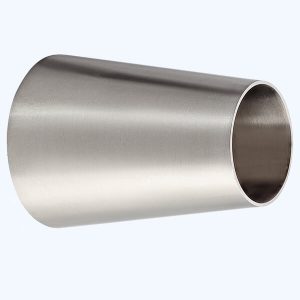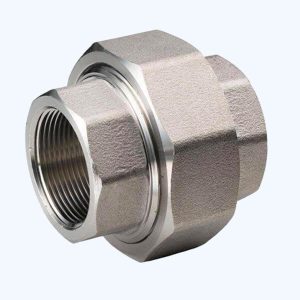Click Here To Place Your Order / To Request A Free Quotation!
Schedule 10/40 Stainless Steel Pipes
Schedule 10 Stainless Steel Pipe is a type of light-wall pipe that typically refers to a thin-walled pipe with a nominal diameter and wall thickness of 1/8″ to 4″. This type of piping is mainly use for low-pressure applications such as drainage, water supply lines, irrigation systems and some non-critical engineering purposes.
Schedule 40 Stainless Steel Pipe is a type of stainless-steel pipe with a wall thickness of 0.154 inches. It is commonly used in applications requiring high pressure and critical applications such as chemical processing, oil and gas production, and industrial equipment.
Description
Schedule 10 Stainless Steel Pipe is a type of light-wall pipe that typically refers to a thin-walled pipe with a nominal diameter and wall thickness of 1/8″ to 4″. This type of piping is mainly use for low-pressure applications such as drainage, water supply lines, irrigation systems and some non-critical engineering purposes.
Schedule 40 Stainless Steel Pipe is a type of stainless-steel pipe with a wall thickness of 0.154 inches. It is commonly used in applications requiring high pressure and critical applications such as chemical processing, oil and gas production, and industrial equipment. They are very durable and unbreakable hence suitable for industrial applications.
SCH 40 stainless steel pipe is generally more expensive than SCH 10 stainless steel pipe because of its thicker wall and higher-pressure rating.
- Schedule 10 pipes are generally made from stainless steel, an iron and chromium alloy. The exact composition of the steel used to produce Schedule 10 pipes depends on the grade and the intended use of the pipe. However, most Schedule 10 pipes use either 304 or 316 stainless steel, renowned for their excellent corrosion resistance and durability.
- Schedule 10 pipes are frequently known for their lightweight and flexible properties, making them an ideal choice for certain applications. However, other types of pipes, such as Schedule 40 or 80, may be more suitable for other uses. Schedule 40 pipes, for example, have thicker walls and can withstand greater pressure than Schedule 10 pipes, whereas Schedule 80 pipes have even thicker walls and can handle higher pressure.
- Schedule 10 pipes are a popular choice because of their lightweight and flexible properties, which make them suitable for various applications. Additionally, they are made from stainless steel, which is resistant to corrosion and oxidation. However, it’s important to remember that Schedule 10 pipes may not be suitable for all applications, and it’s essential to consider the intended use and pressure when selecting a pipe. It’s also vital to carry out regular maintenance to ensure that the pipes remain in good condition and perform as expected. Overall, understanding Schedule 10 pipe properties, uses, and composition is essential for anyone who wants to use these pipes in different applications.





